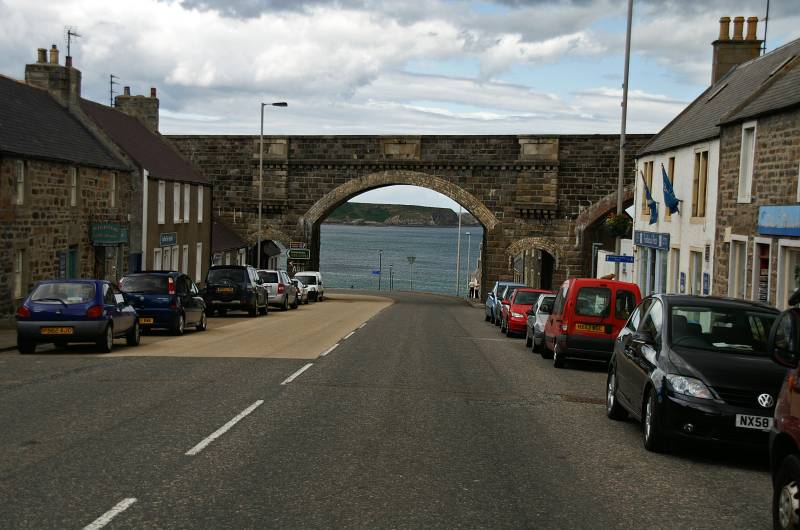
Bow Fiddle Rock from Cullen.
Start. Cullen.
Route. Cullen - Cullen Harbour - Cullen Sands - Whale's Mouth - Bow Fiddle Rock - Portknockie - Cullen.
Notes. Sue says "you can't go on holiday without visiting a beach", with this in mind she planned a walk to Bow Fiddle Rock, one of the most photographed landmarks on the Moray coast. A short walk taking in sandy beaches and stunning views from cliff top paths, returning along an old railway. I can't say I was over keen on the final stretch, you don't get good views from a railway cutting, I was proved wrong as always.
We parked in the square, an elegant railway arch spans the main street making a great entrance to the coast, we passed through this doorway before descending to the harbour. Our route passed between the harbour and the small cottages of Seatown before a wooden footbridge spanning the Burn of Cullen allowed access to the beach. To the rhythms of the pounding sea we strolled across the beach, passing The Three Kings, three shark like fins formed of compressed sandstone rising from the golden sands. At the western end of the beach we crossed Toshie's Long Craigs to access Jenny's Well and an outstanding sea arch known locally as the Whale's Mouth.
From the Whale's Mouth we ascended the cliffs, a narrow path aided our progress, we were soon striding out on a good cliff top path, the sound of the rolling sea was now accompanied by the screech of sea birds. It didn't take long to reach Bow Fiddle Rock, the source of all the noise, a large colony of sea birds, Herring Gulls, Great and Lesser Black backed Gulls covered the rock, on the cliffs below us Fulmers and Gannets roosted. We stayed a while as you do, Sue had the binoculars out, after about half an hour we decided it was time to move on.
Following the path into the village of Portknockie we hunted for the start of a cycle way that would lead us back to Cullen. I was complaining as we descended into the railway cutting but never fear my mood didn't last long, suddenly the views opened out again, a wonderful panorama over Cullen Bay, the Victorians certainly knew where to locate railways. The cycle way passed over the viaduct we'd been admiring from the beach before descending back onto the streets of Cullen.

The main street Cullen with views across Cullen Bay through the arch.
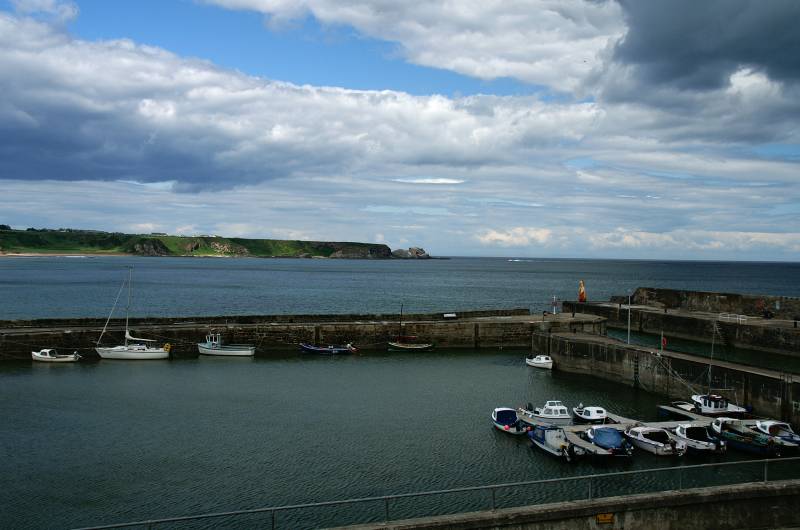
Viewing Bow Fiddle Rock over Cullen Harbour.
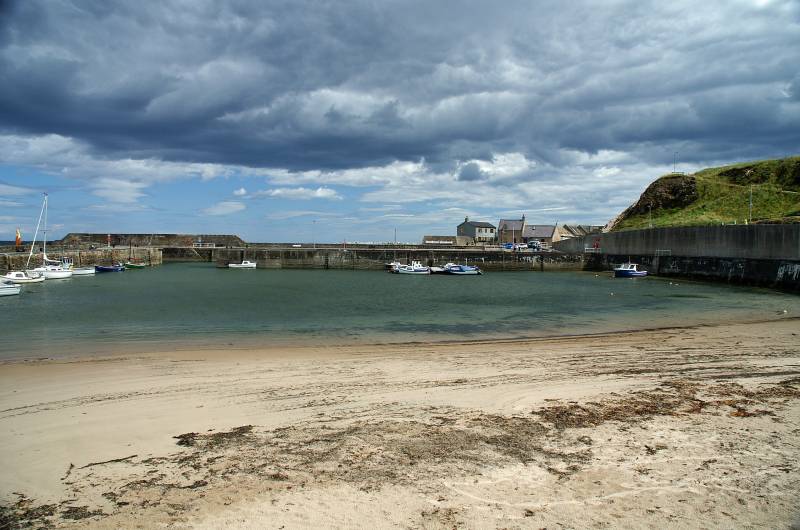
Cullen Harbour built in 1817 to support the local fishing fleet, also allowed the import of coal, salt, staves (for casks) and barley (used to make whisky), and the export of herrings, dried fish, timber, oats and potatoes. once described as the grandest harbour on the Moray.
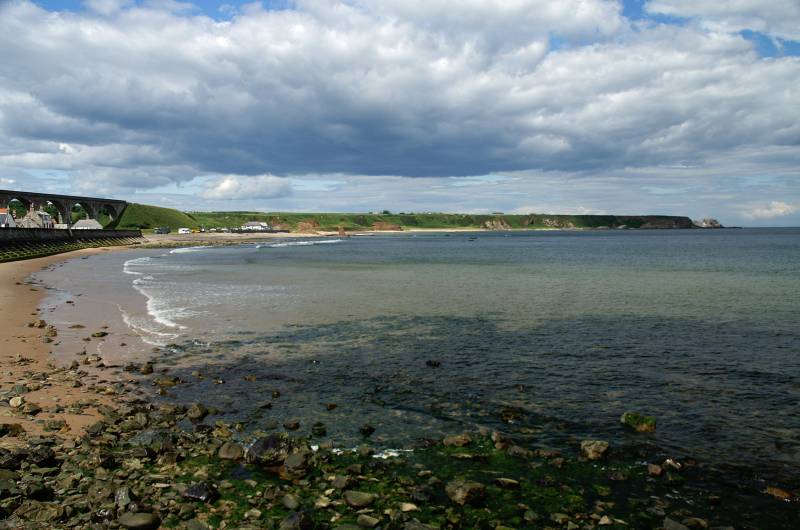
West across Cullen Bay, with Bow Fiddle Rock just visible on the point.
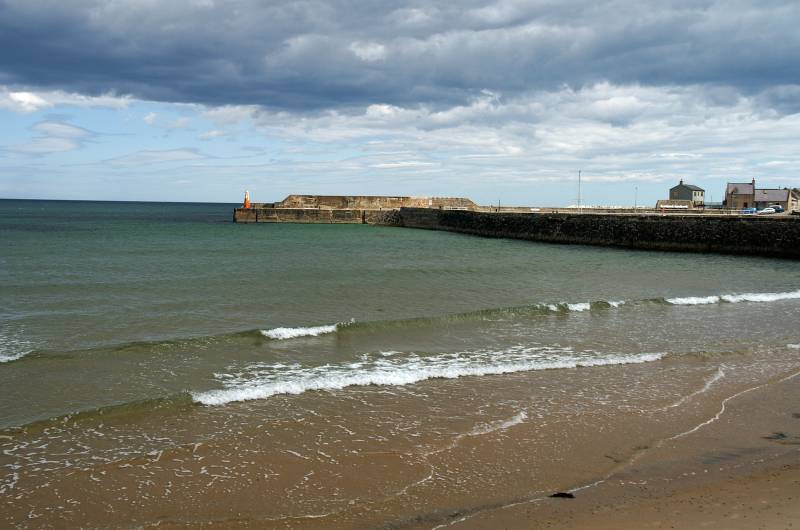
Cullen Harbour seen from Seatown.
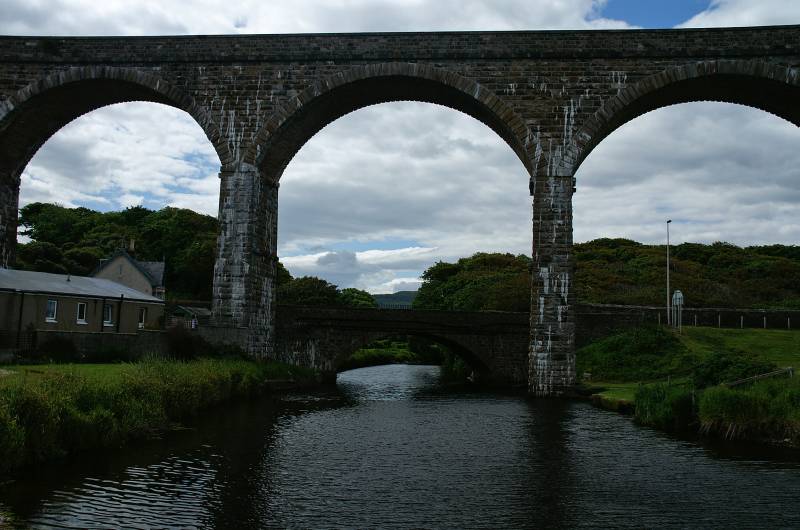
The Burn of Cullen and the viaduct that would aid our crossing later.

The Three King's, well two of them, the third is next to the club house belonging to Cullen Golf Club just out of shot to the left.
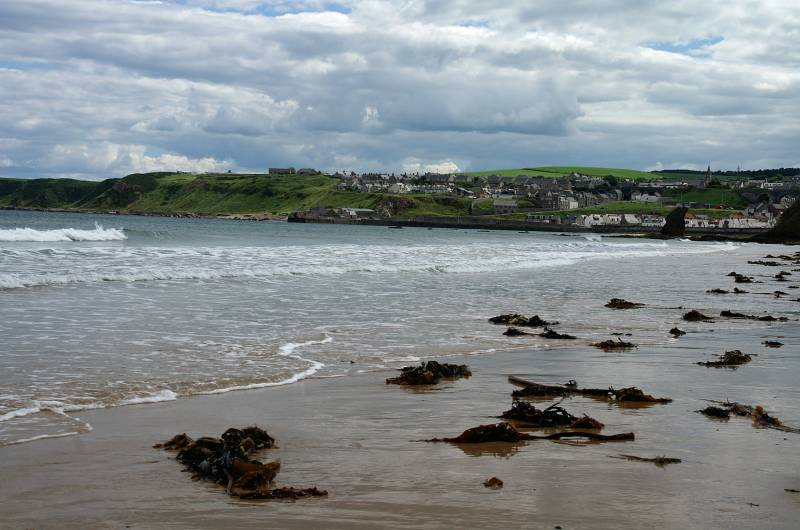
On Cullen Sands looking to Cullan Harbour and the town.
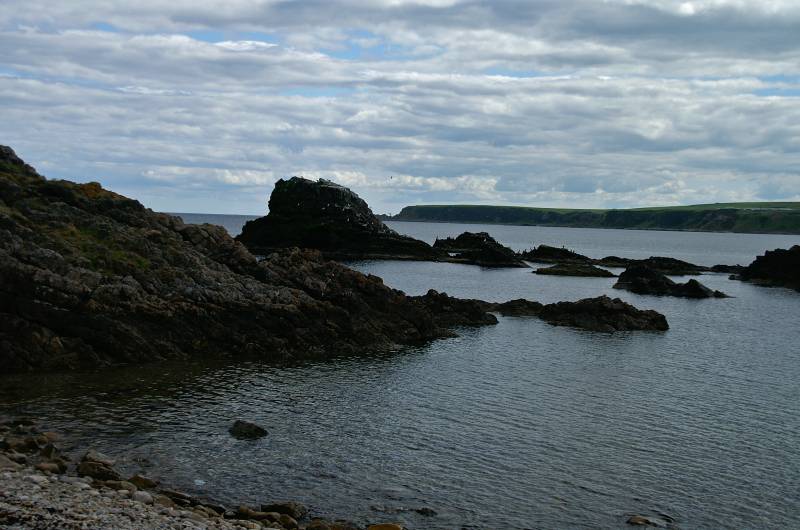
A wonderful view to Logie Head seen from near The Whale's Mouth.

The Whale's Mouth.
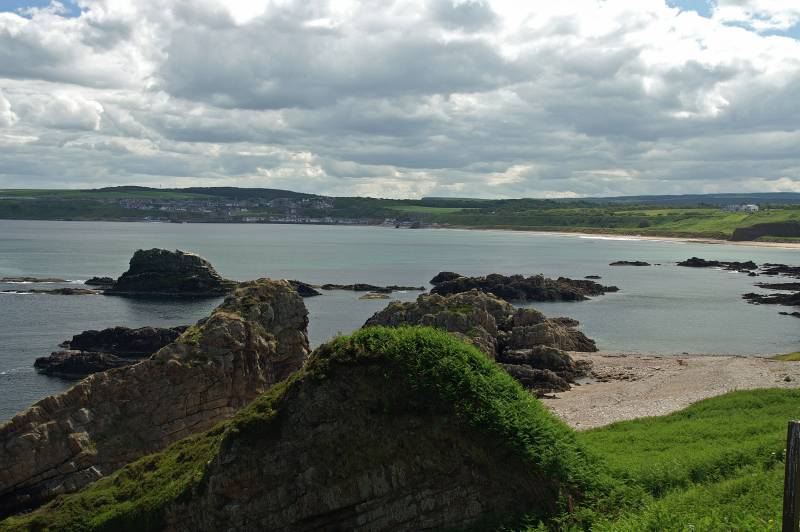
We're high above the beach now with a stunning panorama across Cullen Bay.
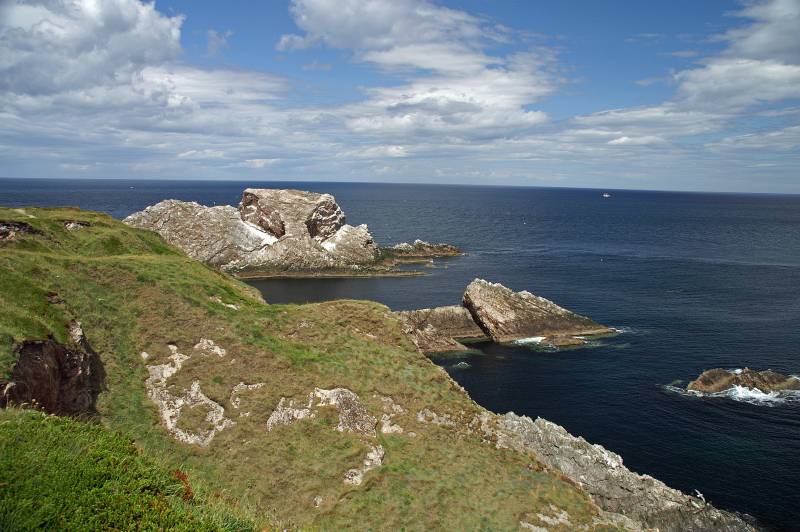
As we round the point Bow Fiddle Rock comes into view.
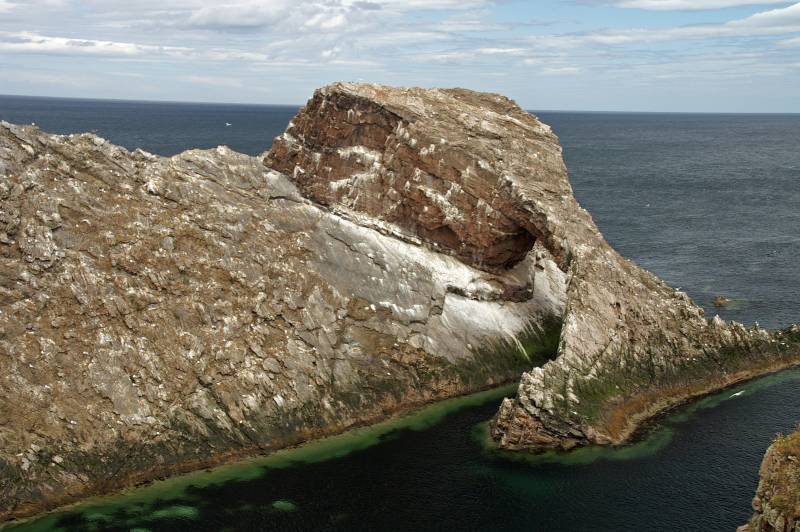
Seen from the cliffs, Bow Fiddle Rock.

It's possible to descend to a small pebble beach, we did so to capture the rock from a different angle.
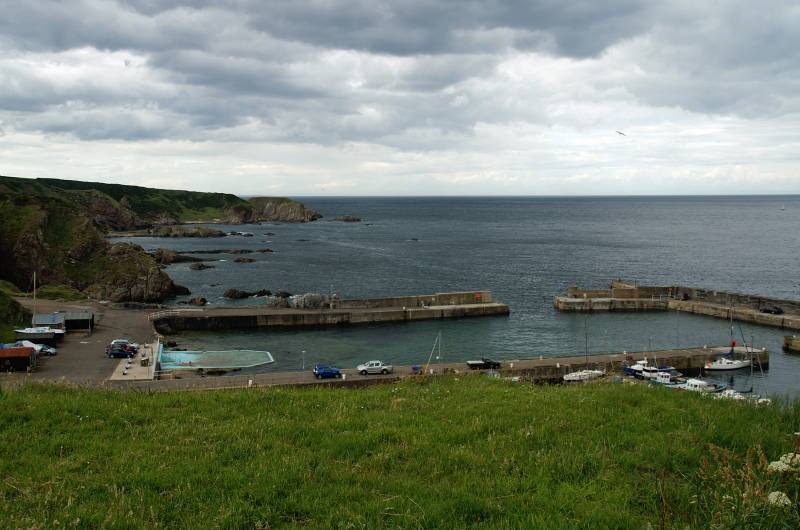
Tronach Head seen over the small harbour at Portknockie.
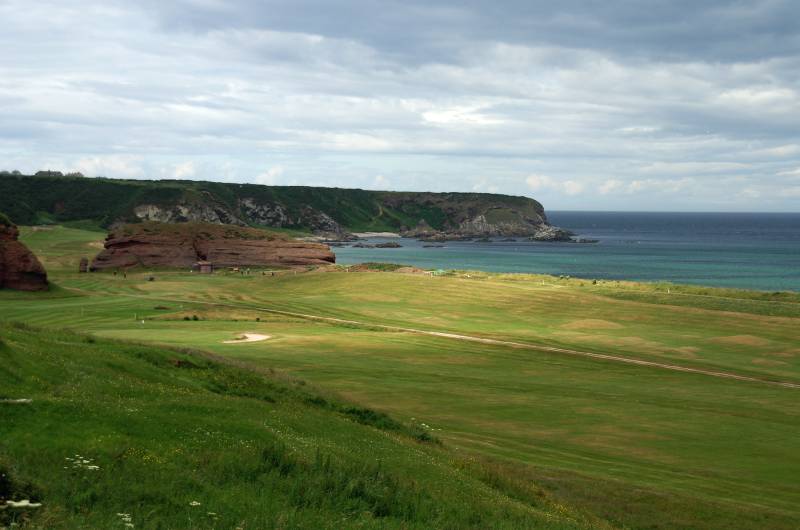
Strolling along an old railway track with views over Cullen Links.
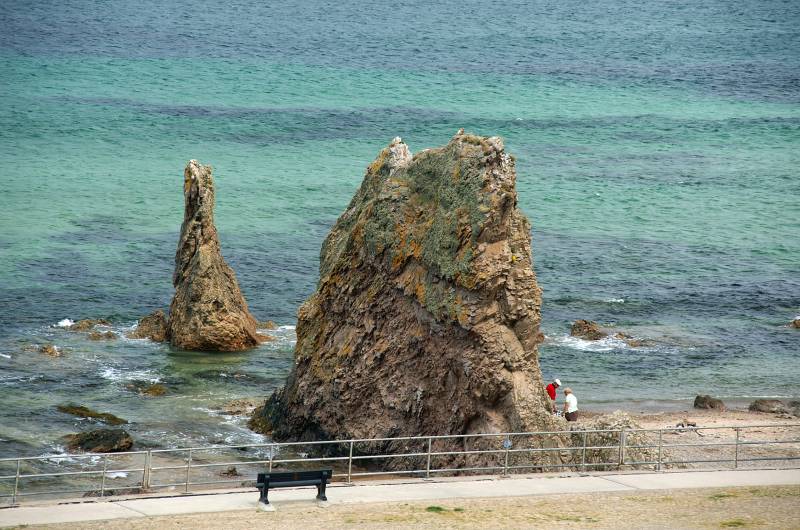
The Three King's seen over the eighteenth hole, well two of them, the third's guarding the entrance to the nineteenth.
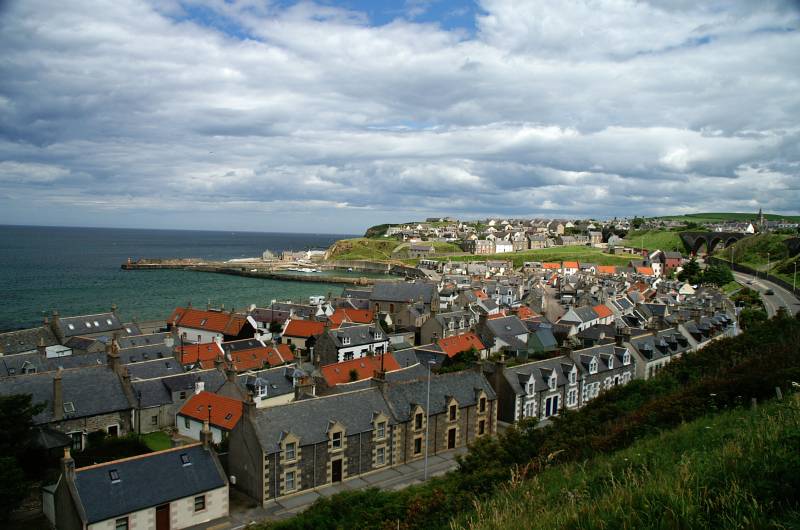
Cullen Harbour and village seen over the small coastal village of Seatown.